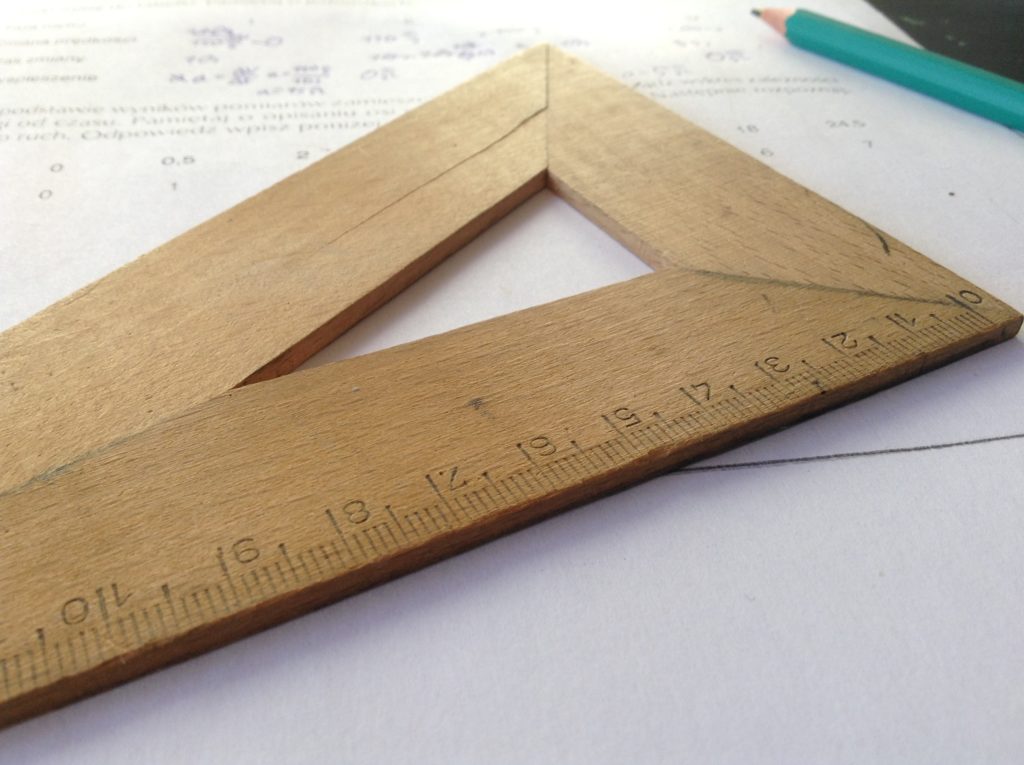I talk regularly about things new creators should measure.
Basically, you don’t want to get overwhelmed as a new creator. However, as the saying goes, “If you can measure it, you can move it.” A monthly check-in can be a really great way to stay grounded and get clarity around your goals.

Blog success metrics change over time. But measuring monthly creates a baseline from which you can make sound decisions. photo: dawid malecki
My advice is to start out tracking just a few things once a month. Slowly add tracked variables as you realize more about what’s important to you. Eventually, the report will feel like no big deal. Then you ‘ll have energy to add the “should track” variables, as explained in episode 15 of the Ticket 2 Blog podcast.
Here’s an overview of the timeline I suggest:
Blog Metrics to Track Right Away
- What are people reading?
- What are people watching? (if you have a vlog, too)
- Traffic sources
What people are reading should be in your Google Analytics dashboard under pages report. (Also under the behavior tab on the sidebar nav menu.) I’d recommend just writing down the top five or ten, but looking at the rest each month. Make sure you set the date range for the month you’re trying to collect data for.
What people are watching should be in your YouTube analytics. Just write down your top five or ten videos, but have a look at the other metrics each time. When one catches your attention often enough, you can start recording it. Make sure you set the date range for the month you’re trying to collect data for.
Traffic sources are in Google & Youtube Analytics. Knowing how people are finding their way to your site/videos can help you make decisions in the future about where to focus your energy. You’ll have to pick what you want to record. Maybe top five or ten sources for each? Make sure you set the date range for the month you’re trying to collect data for.
Blog Success Metrics to Consider Tracking as a Beginner:
- any metric tied to a current goal
- # of Followers/subscribers
If Instagram, Pintrest, Twitter, Facebook, or any other social media channel plays a prominent role in your messaging, tracking performance using the analytics available on those platforms can be helpful.
Tracking follower numbers in the “hello is anyone listening?” period can be helpful because you are basically just feeling your way through the dark. If you have those numbers, you can eventually do a look-back, spot trends, and then have the power to inform your future work and choices. They’re also easy to track in real time, but hard to piece together a look-back.
But if you can’t keep from attaching to the follower numbers, then I think it’s better not to track them.

“How many followers should I have?” As many as you’ve got is the short answer. People will find you. It just takes time! photo: jennifer burk
Blog KPIs to Track Next
KPI stands for “Key Performance Indicator.” Once you’ve wrapped your brain around the basics above, I recommend adding this to your monthly report:
Once you have an email game… how effective is it?
Additionally, I think it’s important to check in with a few other blog KPIs that are too tedious to look at monthly, but important to glance at regularly. Let’s say quarterly… every three months:
- Sessions/Pageviews
- Desktop/Mobile
- Session Duration
- Page Depth
- google snapshot (menus, search results, images)
The first four are all blog metrics available in Google Analytics. It’s useful to check in on occasion with how many visits you site is averaging and how those visitors are experiencing your site. These are things people who want to put some of their financial egg$ in your basket often want to know. Also useful to just check in with how google is representing you.
Blog Metrics to Track Eventually
As I said in the podcast episode, eventually your site will be making money. And eventually you might even be excited about that money and need to start writing it down. Here’s what I think you should add to your report once you’ve gotten comfortable with the above:
- results of affiliate relationships
- broken links
Additionally, there are metrics that I argue in the episode really don’t matter. In over six years of “successful” blogging, they’ve never informed my decisions or impacted my success in any way. But people say they are important blog KPIs. So whatever. I track them:
- #pages/posts published
- bounce rate
- new vs. returning visitors
- alexa rank
- moz (DA/PA)
That’s it!
Good luck measuring your blog performance. And remember – the numbers are supposed to empower you with the information to grow, not make you feel bad about where you are!
♣ Happy Creating!






Twitter Facebook Google+ StumbleUpon Reddit Pinterest